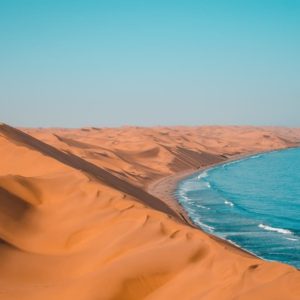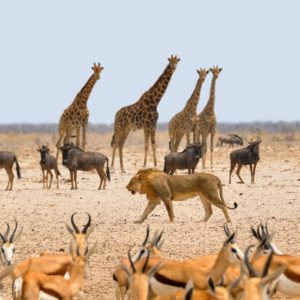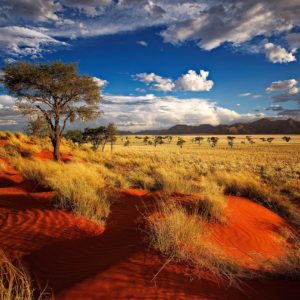NAMIBIA
Basic Information about Namibia:
Namibia, previously known as South West Africa, shares a border with South Africa in the south, Angola and Zambia in the north and Botswana and Zimbabwe in the east. Namibia gained independence from South Africa on 21 March 1990. Agriculture, tourism, and mining specifically diamonds and uranium are Namibia’s economic drivers.
Population: The population of Namibia is 2,537,283
GDP: $23.6 billion (2016)
Climate: Namibia has two seasons: The parks in the dessert and in the southern region are usually hotter and drier while there is more rainfall in the north in places such as Etosha. Summer goes from November to April with lots of rain while May to October are your winter months also known as the dry season. The best time to visit is during the dry season.
People: Namibia’s population is divided into approximately 11 ethnic groups. Owambo is the largest ethnic group. The other ethnic groups are: the Herero, the Damara, the Nama, the San (Bushmen), the Rehoboth Basters, the Colored, the Whites, the Caprivian, the Kavango, the Topnaars, the Tswana, and the Himba.
Religion: Christianity is the largest religion in Namibia with the Lutheran church being the largest group. Approximately 80% of the population are Christians.
Capital: Windhoek is the capital of Namibia.
Language: English is the official and native language. There is a large Angolan population in Namibia; therefore, Portuguese is widely spoken by the Angolan community. Other languages include Afrikaan and German mostly spoken by the whites.
Currency: The Namibian Dollar is the currency of Namibia.
Time Zone: UTC+01:00
Capital City Phone Code: 61
Emergency Number(s): 112 (mobile phones); 10111 (Windhoek police); 211-111 (Windhoek fire/ambulance)
Electricity: 220 volts, 50 cycles AC, Plug Styles: Type M
Security Concerns: Pickpocketing and purse snatching are common crimes. Crime rates are higher at night so visitor should exercise caution and be vigilant.





